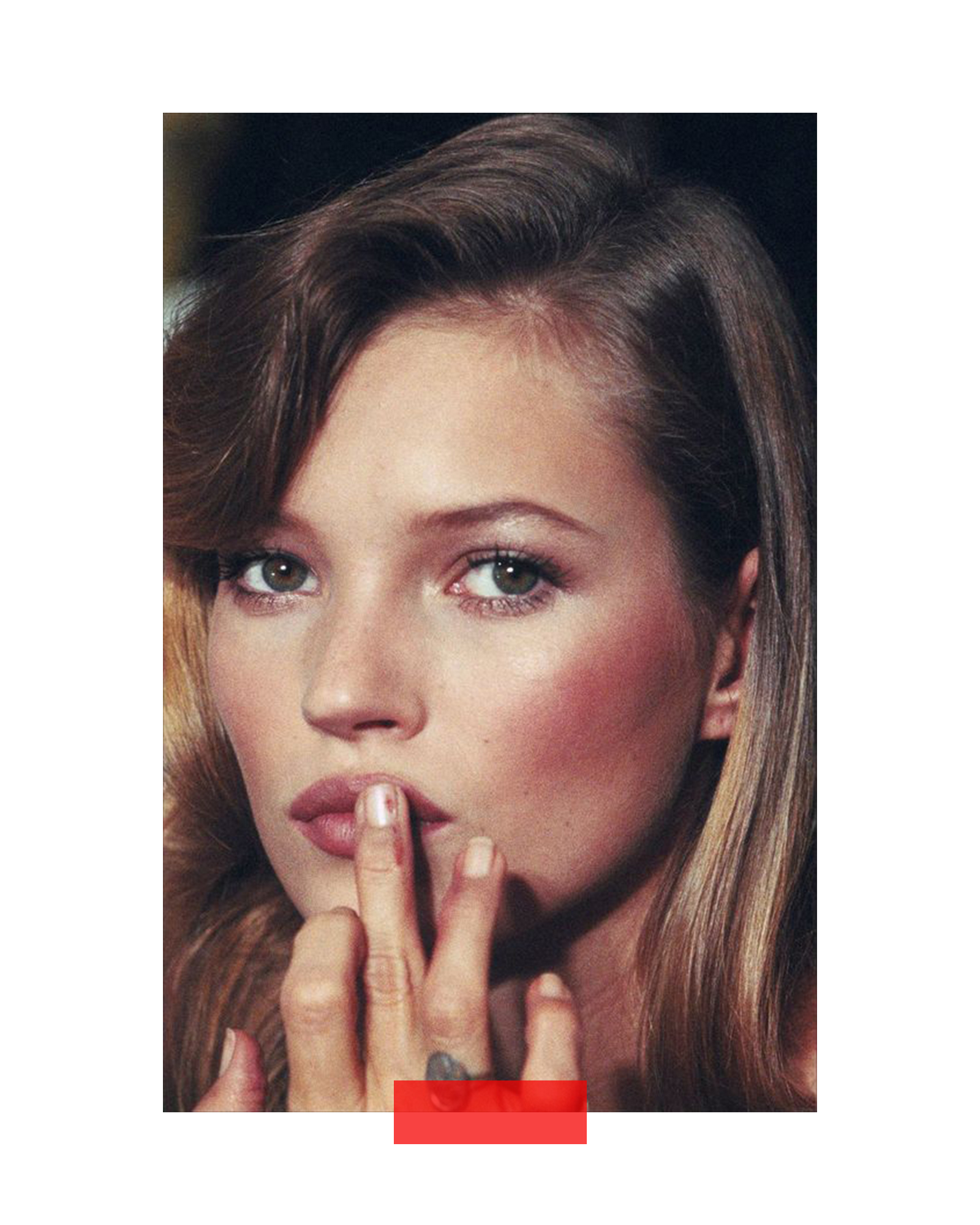
Rosacea, a common skin condition, can present a significant challenge to navigate, manifesting as warmth, persistent flushing, heightened sensitivity, and even scaling. Often, individuals may be unaware they have the condition, compounded by its often vague understanding and inherent diagnostic complexity. While rosacea can induce both physical discomfort and emotional distress, there are numerous effective strategies to manage symptoms, curbing their frequency and severity through a combination of professional treatments and strategic home care.
What Is Rosacea?
Rosacea is a chronic inflammatory skin condition characterised by persistent redness and visible blood vessels, primarily affecting the face and décolletage. In its mildest form, it may present as a subtle flushing sensation accompanied by warmth and sensitivity. As it progresses, rosacea can manifest as visible capillaries, small bumps, or pustule-like breakouts on the cheeks or nose, alongside dryness and flaking. At its most acute end of the spectrum lies 'Rhinophyma,' a rare manifestation where the skin becomes thickened and pronounced, typically on the nose. It is important to note that individuals may experience some, but not all, of these symptoms concurrently, and each person’s journey with rosacea is unique.
Understanding Its Causes
Unlike transient sensitivity-based redness, rosacea is characterised by persistent inflammation, enlarged capillaries, prominent blood vessels, papules, and pustules, and in severe cases, textural irregularities and swelling, predominantly across the central face. While more commonly observed in fair-skinned women between 30 and 50 years old, it can affect individuals of any age or gender. The triggers are vast and varied, ranging from dietary factors to subtle climatic shifts, hormonal fluctuations (such as menstruation, pregnancy, and menopause), and psychological stress. To date, there is no singular known cause, although prevailing schools of thought suggest both hereditary and immunological factors play a significant role.
How Is Rosacea Managed?
Effective management of rosacea necessitates a strategic, multi-faceted approach aimed at preventing and mitigating flare-ups.
Professional Guidance: The initial and most crucial step is to seek advice from a qualified dermal therapist or dermatologist to ensure an accurate diagnosis. This allows for the development of a precisely tailored treatment plan.
Trigger Identification: Keeping a journal of potential triggers is highly recommended. These can be remarkably varied, encompassing factors such as hot baths, strenuous exercise, sun exposure, and specific dietary elements like chili, dairy, citrus, or alcohol. Recognising that each individual's experience with rosacea is unique underscores the importance of personalised trigger identification.
Considered Home Regimen: One of the most impactful ways to manage symptoms is through a thoughtfully curated home care regimen. Prioritise fragrance-free formulations and, above all, maintain simplicity: cleanse, hydrate, and exfoliate as needed. Ingredients that consistently yield positive responses include peptides, hyaluronic acid, anti-inflammatory B vitamins, and zinc. Botanical extracts such as calendula, chamomile, aloe, and green tea extract are also beneficial for their soothing properties. Incorporating a high-quality Vitamin C-based serum gradually and steadily can strengthen the complexion and provide essential antioxidant protection; magnesium ascorbyl phosphate is a particularly gentle and stable form. Furthermore, avoid harsh scrubbing. Instead, opt for gentle exfoliating lotions containing glycolic, lactic, citric, malic, or salicylic acids, which delicately dissolve the topmost layer of skin and promote healthy cell turnover.
Sun Protection: Incorporating a broad-spectrum sunscreen is paramount in any skincare routine, but this holds particularly true for individuals with rosacea. Sun exposure is a significant trigger for flares. Applying a generous, teaspoon-sized amount as the final step in the morning regimen and reapplying as needed throughout the day is essential. Always select a formula with an SPF50, with physical, zinc-based formulas often better tolerated by those with rosacea.
Professional Treatments: In terms of in-clinic treatments, regular LED Light Therapy is proven to be highly effective—and, without downtime. This can be pursued in-studio or via at-home masks. LED is particularly beneficial for reducing inflammation, promoting hydration, and stimulating collagen and elastin for a firmer, more resilient complexion, while consistently keeping redness at bay. For targeted correction, IPL (Intense Pulsed Light) is a tried and true option that specifically targets dilated blood vessels and modulates flushing over the long term. A conservative course of treatments in close succession is typically ideal, with maintenance sessions usually carried out annually or as required.